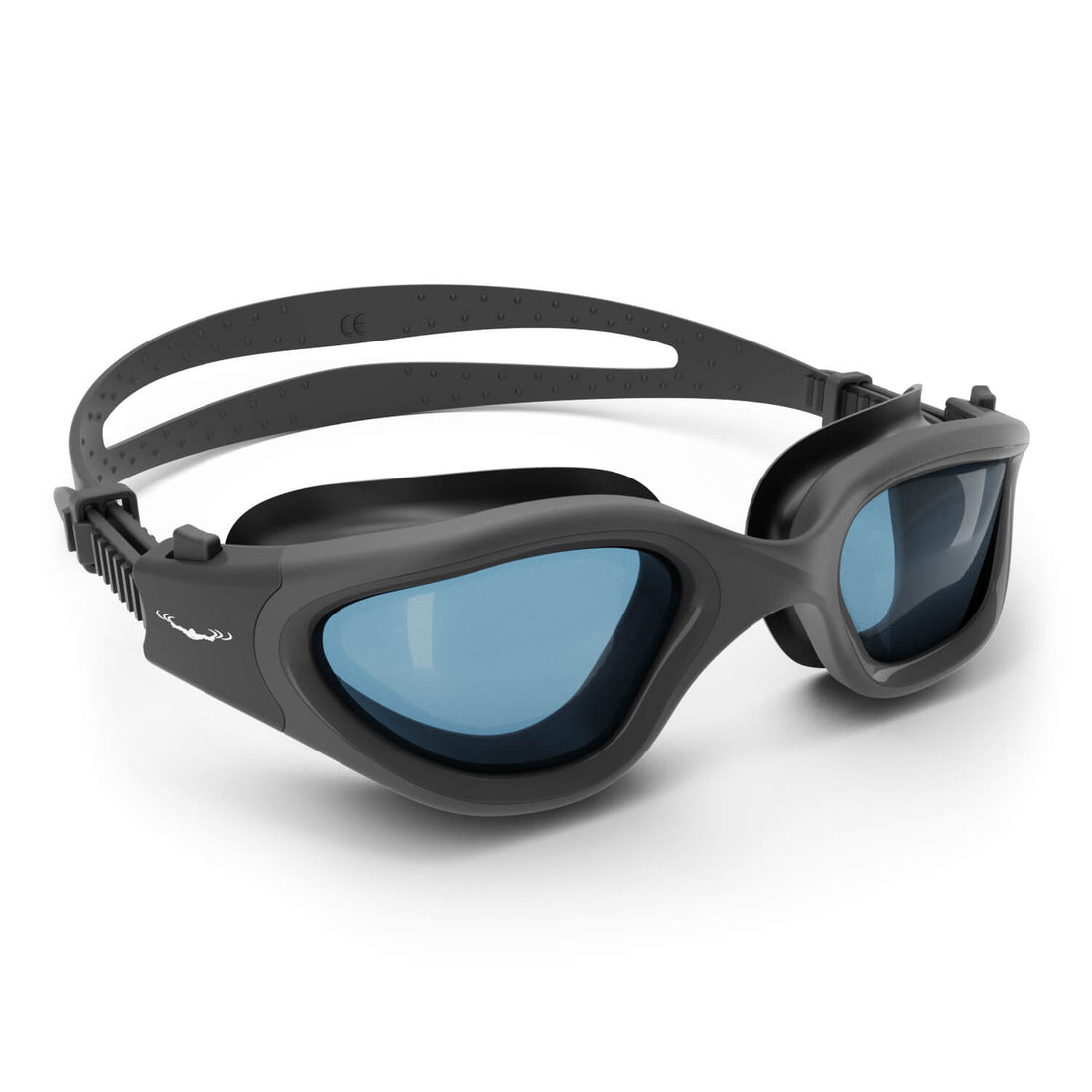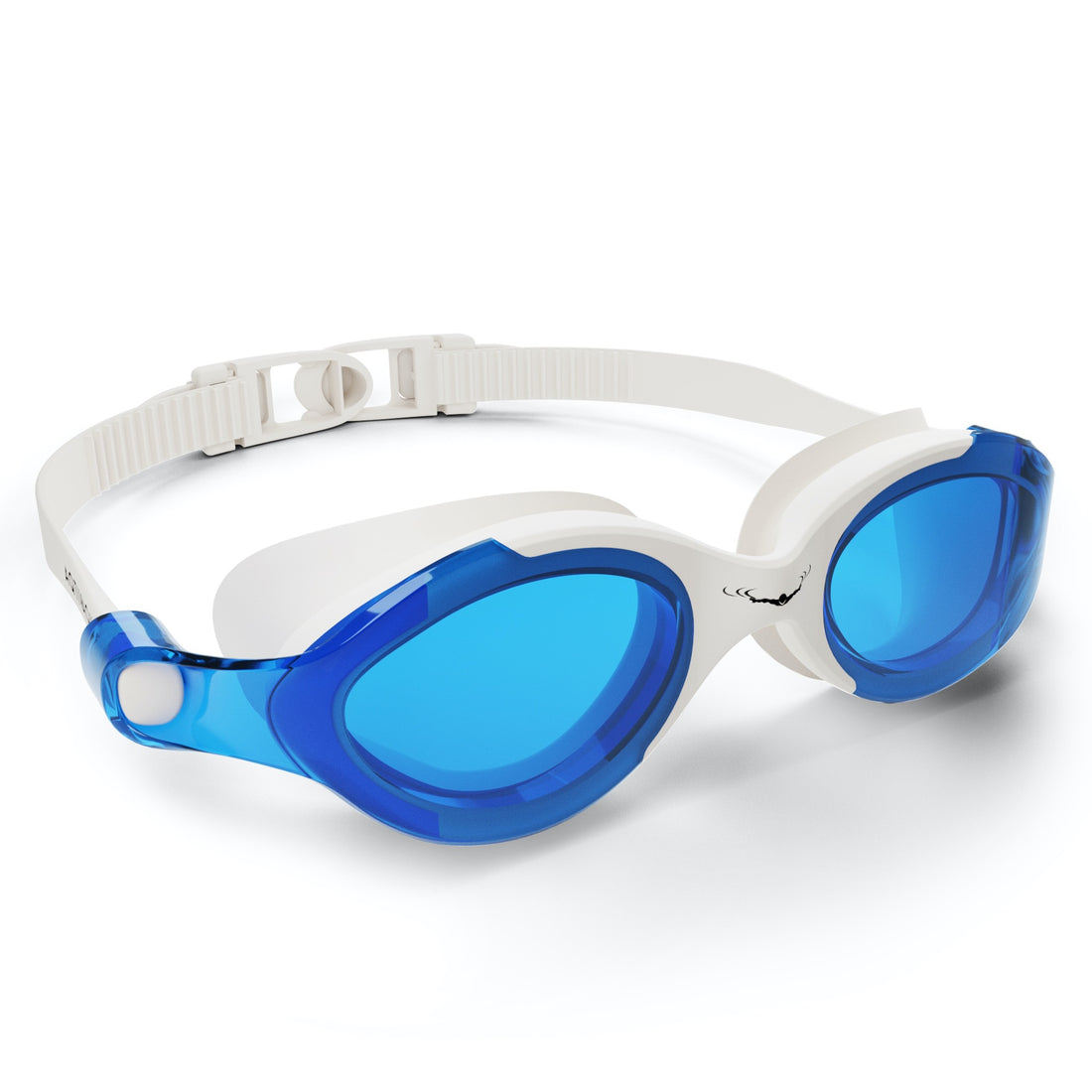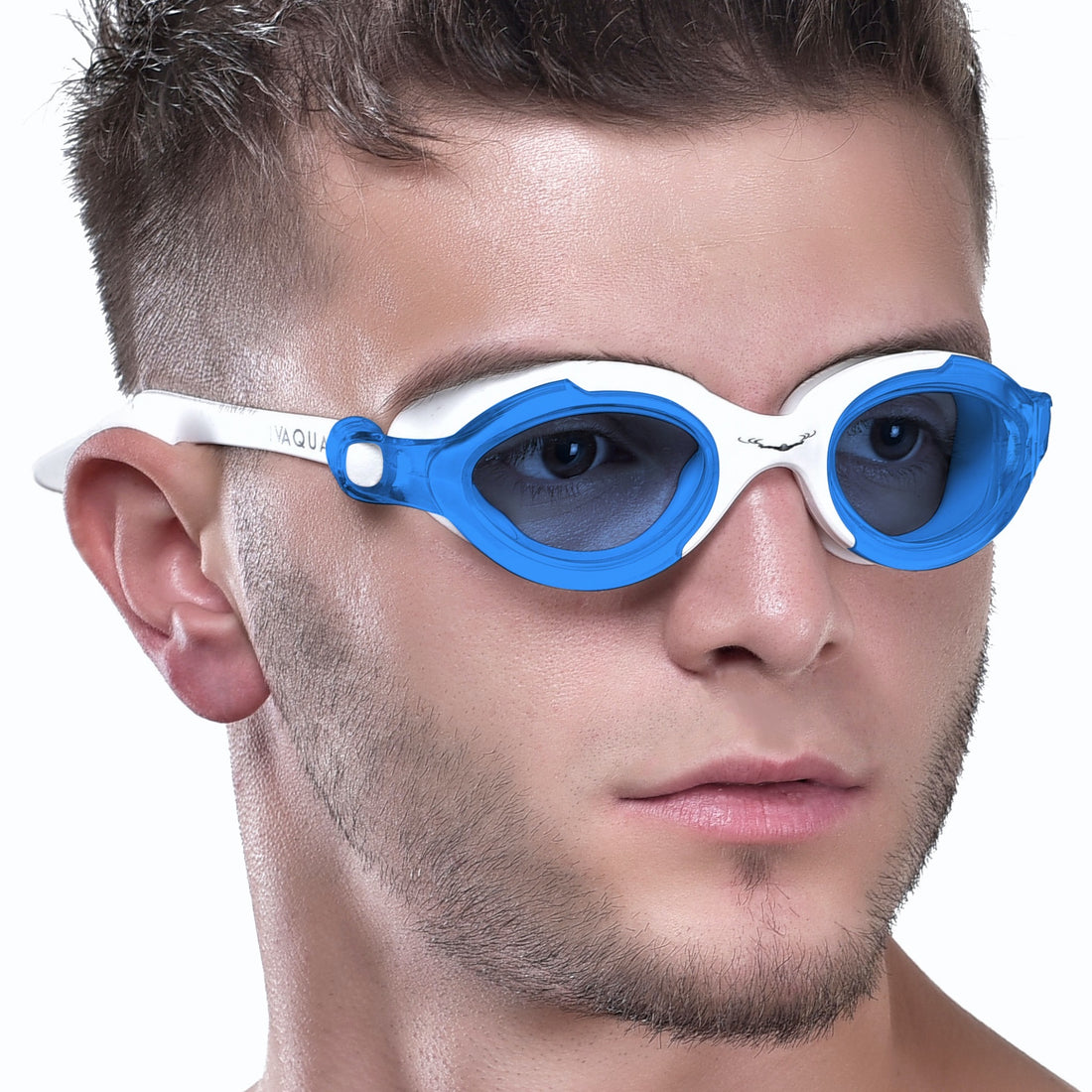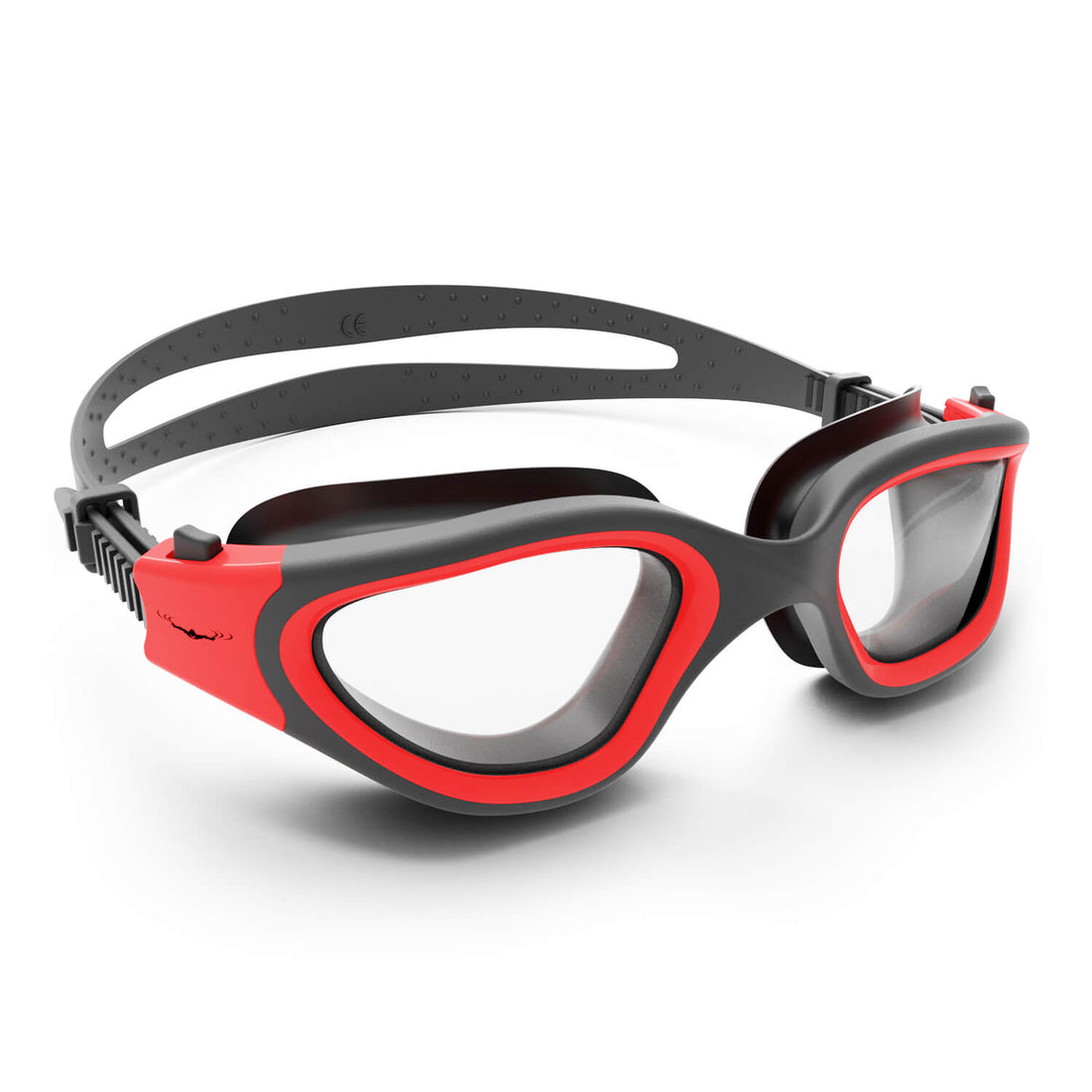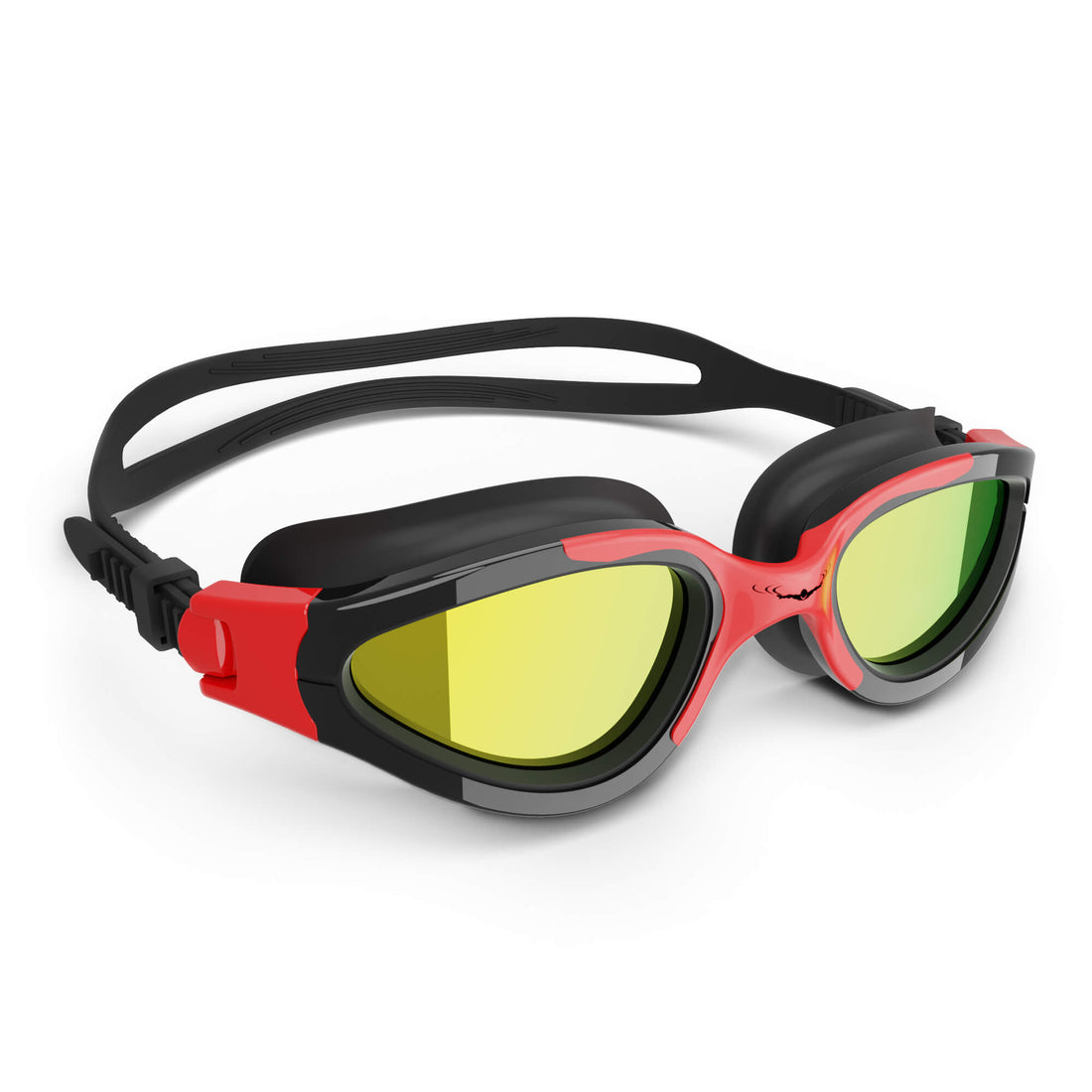Frequently Asked Questions
1. What are common swimming injuries?
2. How can I prevent swimming injuries?
3. What should I do if I feel pain while swimming?
4. Why is rest important in swimming?
5. When should I seek professional help for swimming injuries?
Swimming is an excellent way to stay fit, unwind, and enjoy some quality time in the water. Despite its many benefits, swimming can also lead to injuries if proper precautions aren’t taken. This blog post delves into common swimming injuries and provides effective prevention tips to keep you splashing safely. Let’s dive in!
Understanding Common Swimming Injuries
Even the most seasoned swimmers can experience injuries. Recognizing common swimming-related injuries helps you take proactive measures. Here are the most frequently encountered swimming injuries:
Shoulder Injuries
One of the most prevalent injuries among swimmers is shoulder pain, often referred to as “swimmer's shoulder.” This condition usually occurs due to overuse, incorrect techniques, or insufficient flexibility. Symptoms may include pain, weakness, and limited range of motion.
Knee Pain
Swimmers, particularly those who frequently do breaststroke, can be susceptible to knee injuries. The repetitive motion involved in this stroke can lead to conditions like patellofemoral pain syndrome. Symptoms include knee pain during or after swimming.
Lower Back Pain
Lower back pain is another common complaint among swimmers. Poor body positioning, overuse, and lack of core strength can contribute to this issue. The pain may manifest during or after swimming, impacting not just your performance but also your enjoyment of the sport.
Skin Irritation
Frequent exposure to chlorine and other pool chemicals can lead to skin conditions such as rashes or irritations. Swimmers may also experience ear infections, especially if they don’t use swim ear bands to protect their ears from water exposure.
Essential Prevention Strategies
Understanding the risks associated with swimming injuries is crucial, but prevention is just as vital. Here are various strategies to minimize your chances of getting injured while enjoying the water:
Technique and Form
Proper swimming technique can significantly reduce the risk of injury. Consider taking lessons or working with a coach to improve your form. Focus on elements like body rotation, hand entry, and kick technique. A good technique helps distribute body stress evenly and reduces the likelihood of injuries.
Strength and Flexibility Training
Incorporate strength training and flexibility exercises into your routine. Building strength in your core, shoulders, and legs can help you maintain a more robust swimming posture and improve overall stability. Moreover, flexibility exercises, such as yoga or dynamic stretching, can enhance mobility and prevent tightness that might lead to injuries.
Proper Equipment
Using the right equipment can drastically impact your swimming safety. Ensure you have the appropriate and well-fitted swimsuit that allows for ease of movement. Additionally, consider wearing a spandex swim cap to protect your hair from chlorine damage and enhance your swimming experience by reducing drag. Invest in comfortable goggles to ensure clear vision underwater, and opt for swim ear bands to prevent water from entering your ears, reducing the chances of infections.
Warm-up and Cool Down
Before diving into the pool, engage in a proper warm-up routine. This can involve light cardio and dynamic stretches to prepare your muscles and joints for activity. After swimming, take time to cool down with gentle stretches. A proper warm-up and cool-down routine helps to keep your muscles supple and reduces the risk of injury.
Listen to Your Body
Pay attention to how your body feels while swimming. If you experience pain or discomfort, take a break and assess the situation. Pushing through pain can exacerbate injuries and lead to prolonged recovery times. Know when to rest or consult a professional if necessary.
The Importance of Rest and Recovery
Rest is a crucial component of any training program. Allowing your body to recover after intense swimming sessions or competitions can prevent overuse injuries. Consider incorporating rest days into your weekly routine. Active rest, such as light swimming or cross-training, can also aid in recovery without placing too much strain on your muscles.
Regular Check-ups
Don’t overlook the benefits of regular medical check-ups and physical therapy. Consulting professionals who specialize in sports medicine can provide insight into injury prevention and rehabilitation. They can also recommend specific exercises tailored to your swimming style and any pre-existing conditions.
Swimming Environment Safety
Your swimming environment can also influence your risk of injuries. Here are essential safety tips for maintaining a hazard-free swimming area:
Pool Conditions
Make sure the swimming pool is well-maintained. Keep an eye on the water quality, cleanliness, and temperature. A well-maintained pool can minimize skin irritations and ensure a more enjoyable swimming experience.
Supervision and Safety Gear
If you’re swimming in open water (lakes, oceans, etc.), always swim with a buddy and stay within designated swimming areas. Use safety gear when necessary, such as flotation devices for those who may not be strong swimmers or during rough water conditions.
When to Seek Professional Help
If you experience persistent pain, swelling, or any concerning symptoms related to swimming injuries, it's important to consult a healthcare professional. They can diagnose the issue accurately and suggest an appropriate course of action. Occupational therapists, physical therapists, and sports doctors can offer tailored advice for swimmers, considering factors like training habits and symptoms.
Embrace a Healthy Swimming Lifestyle
By adopting a proactive approach to swimming injuries through awareness, training, and proper technique, you can truly enhance your swimming experience. Remember that staying injury-free not only keeps you in the water longer but also helps you enjoy everything swimming offers. Incorporate these prevention strategies into your routine, and watch your skills flourish as you safely navigate the waves!
Check out another user's Shopify or Wix store by clicking this store link. Note that this is a promotional link, and we assume no liability for the content of the linked store.



